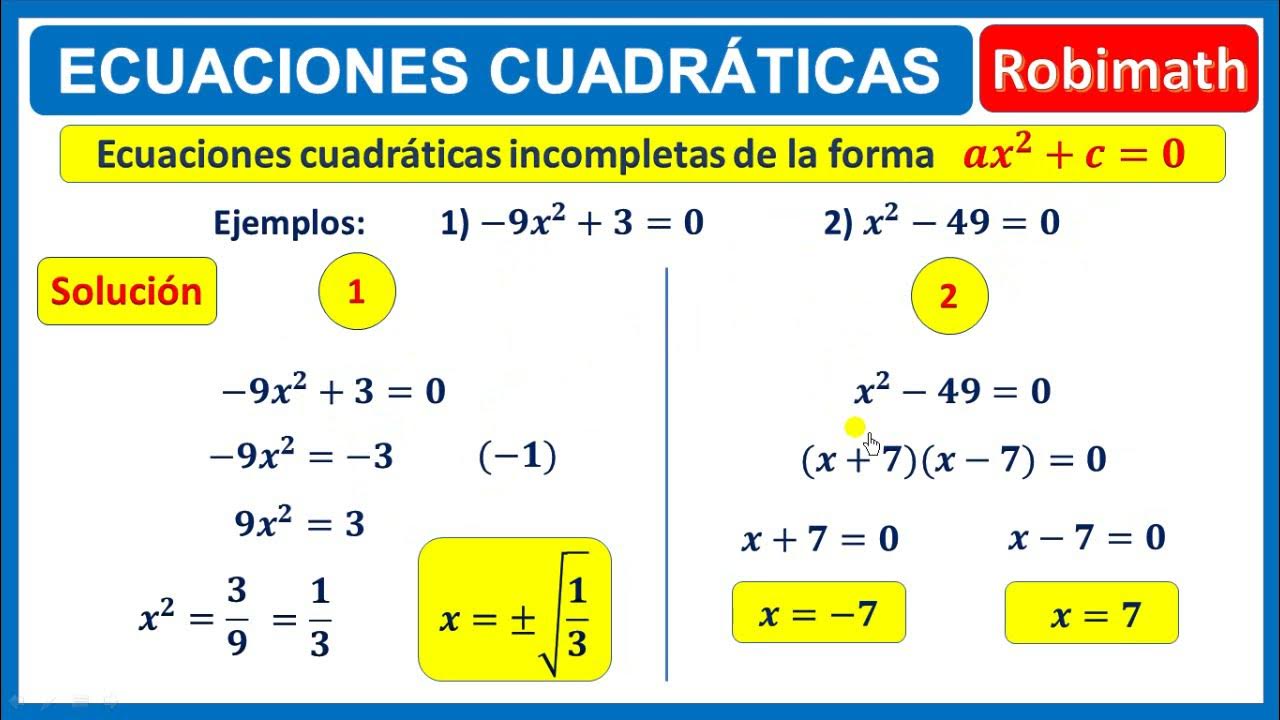Unit3 Video1
Summary
TLDRIn this video, Prof. Shir Roy introduces the foundational concepts of machine learning (ML) for data science, explaining its role in developing systems that learn from data to make predictions and decisions. The process is divided into four main steps: preparing the training dataset, selecting the right algorithm, training the model, and applying it to real-world data. The video covers key ML types, including supervised, unsupervised, and reinforcement learning, with examples from various fields like medical diagnosis, natural language processing, and e-commerce. It sets the stage for deeper exploration in the next video, focusing on advanced topics like deep learning and regression analysis.
Takeaways
- 😀 Machine learning is a subset of artificial intelligence (AI) focused on creating systems that learn from data and improve over time.
- 😀 Artificial Neural Networks (ANNs) are used in machine learning to identify patterns and make predictions based on large datasets.
- 😀 The primary goal of machine learning is to enhance decision-making accuracy through experience and data analysis.
- 😀 There are four essential steps in machine learning: preparing the training dataset, selecting an appropriate algorithm, training the model, and applying the model to real-world data.
- 😀 A good training dataset should be randomized, balanced, and unbiased to ensure accurate learning by the machine.
- 😀 The selection of the machine learning algorithm depends on whether the data is labeled or unlabeled and the nature of the problem.
- 😀 In supervised learning, the model learns from labeled data, and corrections are made based on the difference between the predicted and actual outputs.
- 😀 Unsupervised learning is used to find hidden patterns in unlabeled data, such as clustering similar data points together.
- 😀 Reinforcement learning involves learning through trial and error, where a model is rewarded or penalized based on its actions.
- 😀 Machine learning has widespread applications, including in fields like medical diagnosis, natural language processing, spam detection, e-commerce, and image processing.
- 😀 The success of a machine learning model depends on the continuous refinement of the model and its ability to learn from new data over time.
Q & A
What is the main purpose of machine learning in the context of data science?
-The main purpose of machine learning in data science is to develop software systems that can learn from example data and improve decision-making and predictions over time by discovering patterns and features in large data sets.
What is an Artificial Neural Network (ANN), and what role does it play in machine learning?
-An Artificial Neural Network (ANN) is a computational structure used in machine learning to discover patterns and features in large data sets. ANNs are trained to improve decision-making and predictions by learning from data.
Can you list some applications of machine learning?
-Machine learning has numerous applications, including medical diagnosis, natural language processing, spam detection, e-commerce, e-learning, and image processing.
What are the four basic steps of machine learning?
-The four basic steps of machine learning are: 1) Preparing the training data set, 2) Selecting an appropriate learning algorithm, 3) Training the system for a specific job, and 4) Applying the trained model to practical data and refining it over time.
What is the difference between the training subset and the evaluation subset in the training data set?
-The training subset is used to train the machine learning model, while the evaluation subset is used for testing and refining the system after training.
What factors influence the selection of a machine learning algorithm?
-The selection of a machine learning algorithm depends on whether the data is labeled or unlabeled, the volume of data, and the nature of the target problem.
What is supervised learning, and how does it work?
-Supervised learning involves training a model with labeled data, where each input pattern has a corresponding correct output. The model compares the actual output with the expected output and adjusts its parameters to minimize errors.
What is unsupervised learning, and how does it differ from supervised learning?
-Unsupervised learning involves finding hidden relationships or structures within large amounts of unlabeled data. Unlike supervised learning, it does not rely on labeled data, and it is typically used for clustering and identifying patterns.
What is reinforcement learning in machine learning?
-Reinforcement learning is a type of machine learning where the system learns by trial and error. It does not require labeled data; instead, successful outcomes are reinforced, helping the model learn the best policy or decision-making strategy.
What are the differences between supervised, unsupervised, and reinforcement learning?
-In supervised learning, models are trained with labeled data and corrected based on output errors. In unsupervised learning, models identify patterns in unlabeled data without predefined outputs. Reinforcement learning is a trial-and-error learning process where successful outcomes are reinforced to improve decision-making over time.
Outlines

This section is available to paid users only. Please upgrade to access this part.
Upgrade NowMindmap

This section is available to paid users only. Please upgrade to access this part.
Upgrade NowKeywords

This section is available to paid users only. Please upgrade to access this part.
Upgrade NowHighlights

This section is available to paid users only. Please upgrade to access this part.
Upgrade NowTranscripts

This section is available to paid users only. Please upgrade to access this part.
Upgrade NowBrowse More Related Video

Ecuaciones cuadráticas de la forma ax2 + c=0

Memahami Conversion, Cara Menghitungnya dan 3 Cara Meningkatkan Conversion Rate Digital Marketing

Prof. Ali Saukah: Kemitraan Pembelajaran untuk English DL (PM)-Eps.1 @Suyantoid

FUNÇÃO DO 1 GRAU | FUNÇÃO AFIM | \Prof. Gis/- AULA 1

Kontribusi BINUS dalam Memperkaya Riset untuk RI | JURNAL BINUSIAN

PROF RACHMAT KRIYANTONO (PROF RK); ISU, KRISIS DAN PUBLIC RELATIONS, STUDI KASUS ARLA

Cara Membuat Literature Review Tiga Tips Mudah | Tirta Mursitama
5.0 / 5 (0 votes)